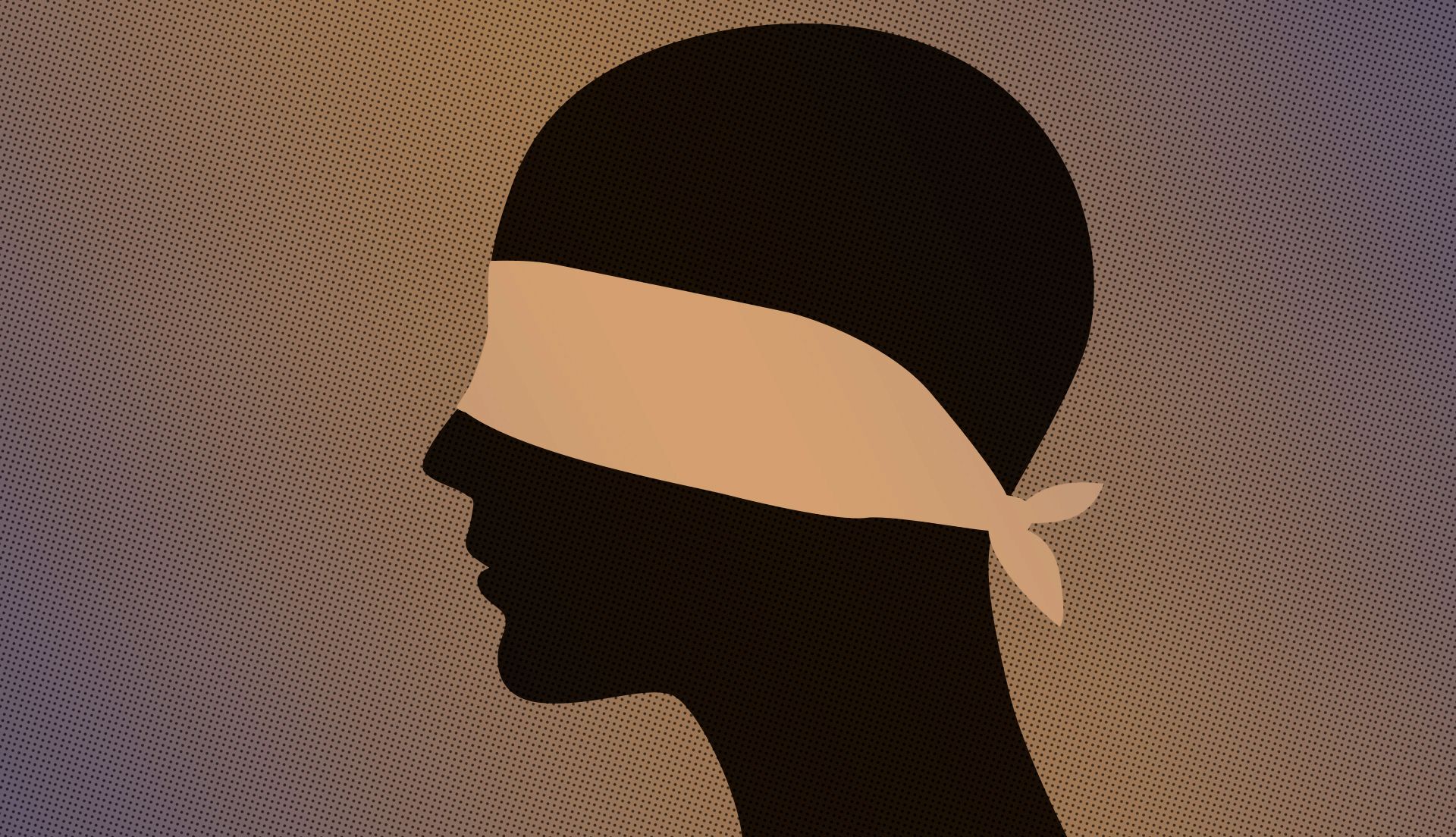As a first-generation Korean immigrant, Sung Yeon Choimorrow has dedicated her career to fighting for equal rights and protection of Asian and Pacific Islander women. That's why, as Executive Director of the National Asian Pacific American Women's Forum (NAPAWF), she and her team joined forces with Justice for Migrant Women to ensure that equal pay day this year provided a more accurate representation of how the gender pay gap really impacts women of color.
"Historically, the folks who tended to work on equal pay efforts would only calculate full-time workers," says Choimorrow. "And so when using that calculation, essentially what would happen is that it would leave out a lot of people in the workforce." Over the course of the COVID-19 pandemic, data shows that women, particularly mothers and women of color, were forced out of the labor force altogether or pushed into part-time work in order to better balance childcare and at-home demands. "So it was our big win this year to include all workers versus only full-time workers," adds Choimorrow. "And when you calculate the formula using all workers, Asian women are now [two] months behind what was seen as our equal pay day last year, which goes to show you how many Asian and Pacific Islander women in the workforce are actually part-time."
Last year, API Equal Pay Day fell on March 9, with API women earning $0.85 for every dollar earned by white men in 2020. This year, thanks to Choimorrow and her team's efforts, API Equal Pay Day falls on May 3, with API women earning just $0.75 for every white man's dollar. But, even with this more accurate picture, Choimorrow makes it clear that $0.75 for every dollar doesn't tell the full story for all API women.
The Problem With Aggregated Data
According to NAPAWF, the API community represents more than 50 ethnic groups that speak over 100 languages and rarely ever do economic studies capture the disparities that exist between subgroups. For example, a breakdown in data provided by NAPAWF shows that Thai and Vietnamese women earn $0.56 and $0.52, respectively for every dollar earned by white men. And Pakistani and Nepalese women, who have the widest wage gap of all ethnicities, earn $0.48 and $0.44, respectively. But, when looped in with other API women like Taiwanese and Indian women who both out-earn white men at $1.18 and $1.04, the average and therefore the conversation gets skewed.
"The danger is that it really invisibilizes the most vulnerable in our community," Choimorrow says. "So the people who are making the least and who have the biggest barrier to equal pay are completely invisible because of this aggregated data and the limited story it tells." Additionally, she says, if you take the pay gap data at face value, it only reinforces the model minority myth that many Asian people face where the perception of their success is often used to downplay the heinous acts of racism and sexism they endure. In 2021, anti-Asian hate crimes increased 339% from 2020, with NAPAWF data showing that 75% of Asian, Native Hawaiian, and Pacific Islander women say they've experienced some form of racism or discrimination over the last year.
"We're sort of deemed as, well economically you're doing well so who cares if you have those other problems and challenges. And it really dehumanizes our full experience," says Choimorrow. "And it also does a disservice to our community members who don't fit the stereotype [because] not all of us went to Ivy League schools and are engineers and doctors and lawyers."
How Bias Undercuts API Women's Advancement
In addition to the overall pay gap reinforcing the model minority myth, Choimorrow says that aggregated economic data also doesn't explain the workplace bias and discrimination API women face, which often hinders them from reaching the highest levels of leadership and income potential at work.
"There are a lot of stereotypes, specifically about Asian women; namely that we're docile, that we're submissive, and that we put our heads down and we work really hard," she says. "We're not seen as leaders. We're not seen as people who will take charge, take risks, who will be courageous, who will be innovative." As a result of these harmful stereotypes, API women face unique barriers on their climb to the top, with very few making it into executive positions. According to a recent a recent report from USA Today, one in every 124 Asian women hold a top job at an S&P 100 company, compared to one in every 45 white men and one in every 60 white women. In fact, when looking at today's top companies, just six Asian women have led Fortune 500 companies including Gap CEO Sonia Syngal and former PepsiCo CEO Indra Nooyi — both of Indian descent.
"There's this expectation that we present ourselves that way," says Choimorrow of the stereotypes associated with API women at work. "And so when we don't it becomes punitive and we're all of a sudden seen as difficult to work with, or too outspoken, or the 'dragon lady.' So there's no winning either way and we're never seen as a great leader like we would be if those characteristics showed up in a white man."
To address the inequities faced by API women, Choimorrow says not only does there need to be greater awareness about the pay gap disparities, but there also needs to be a more focused effort to increase the number of API women in leadership because with diverse leaders comes inclusive thinking and changed cultures.
"There really needs to be some rethinking about what leadership is and looks like," she says. "I feel like even with the whole quiet, thoughtful, more introverted stereotypes, if you see that in a white man they're sort of seen as, 'Oh, that person is really thoughtful and they don't say a lot, but when they say something it's really amazing.' Whereas if an Asian woman acts that way it's like, 'Oh, they just don't have anything to say.' So there's just so much that we have to unpack."
Choimorrow encourages leaders to move beyond just education and awareness when it comes to addressing these issues. But rather, she says leaders need to take a deep look at their executive ranks to ensure that bias and a lack of support aren't damaging the potential for API women to lead at work.
Have you listened to the Chief podcast? Tune into "The New Rules of Business" as Chief Co-Founders Carolyn Childers and Lindsay Kaplan unpack today's often nuanced, dichotomous leadership challenges to change how executives do business. Follow wherever you get your podcasts.

